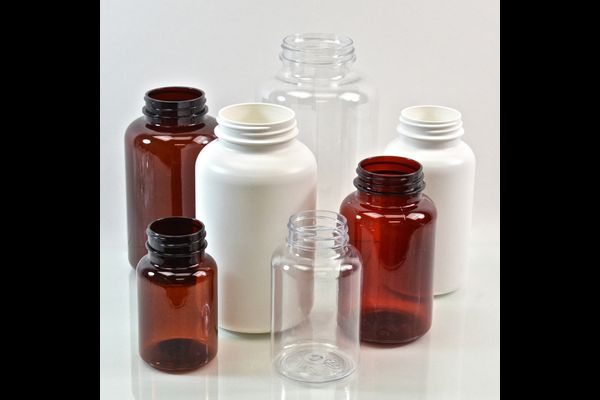The origin of pharmaceutical bottles dates back to the nineteenth century. Myriad varieties of pharmaceutical bottles were fabricated since then. The bottles were generally manufactured from the glass during that era and happened to be about eight inches to ten inches in length.
One of the oldest pharmaceutical bottles was crafted in the mid-nineteenth century. The bottle sported distinct indented panels and a regular rectangular shape and was utilized for almost all kinds of medication.
Pharmaceutical Bottle Shapes
Pharmaceutical bottles are usually found in the following shapes –
Square
Squared pharmaceutical bottles were relatively commonplace at the local drug stores, though not as typical as their rectangular-shaped peers. The most usual type of squared prescription bottles was the historic French Square. It had beveled edges and a square cross-section.
Rectangular
Mouth-blown pharmaceutical bottles having rectangular shapes were very common at medicine shops during the late eighteen-seventies to nineteen-twenties. Characterized by a flawlessly rectangular cross-section, these prescription bottles were one-and-a-half inches to two inches in width.
The most common style for medicinal bottles was the epic Blake design and its derivatives. The Blake style featured a variably broad, rectangular cross-section and two pairs of flattened rears and flat beveled edges.
Oval
Oval pharmaceutical bottles were also quite popular at various medicine outlets. While their cross-sectional design varied, these bottles generally had round form across multiple edges.
Some of those medicinal bottles were round across the sides and flattened from all edges, with the cross-sectional area differing from one bottle to another. The most popular design for oval prescription bottles was the classic Philadelphia Oval. It had rounded rears and back accompanied by a flattened front.
Round or Cylindrical
Cylinder pharmaceutical bottles had a circular cross-section and were widely used in pharmacies, though not as frequently as the remaining flat-paneled designs.
Present-Day Pharmaceutical Bottles
Present-day pharmaceutical bottles are usually found in the following shapes –
Glass Pharmaceutical Bottles
Before plastic became widespread, Glass pharmaceutical bottles were manufactured from glass or ceramic.
Note that glass is still used in today’s pharmaceutical industry. Borosilicate glass, treated soda-lime glass, standard soda-lime glass, and soda-lime glass are among the most common ones.
Plastic Pharmaceutical Bottles
Most of the present generation of Plastic pharmaceutical bottles are manufactured from transparent red plastic. They have a cylindrical design. The polymers used for the production of plastic prescription bottles in recent times can be broadly classified into eight categories, namely, high-density polyethylene (HDPE), polypropylene (PP), polyvinyl chloride (PVC), polystyrene, polyamide or nylon, polycarbonate, nitrile polymers or acrylic multipolymers, and polyethylene terephthalate (PET).
Buy or Sell Surplus Pharmaceutical Bottles
At Packaging Buyers, we offer an exceptionally rewarding experience for those who wish to sell their overstocked pharmaceutical bottles in exchange for cash and those who intend to purchase them in bulk at competitive market prices. Call us now to know more, or schedule a consultation today with our team of experts for any queries that you may have.

